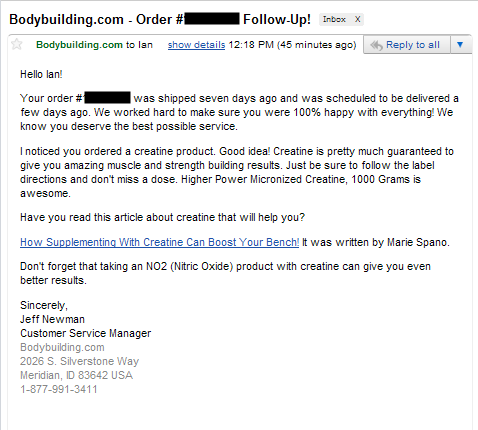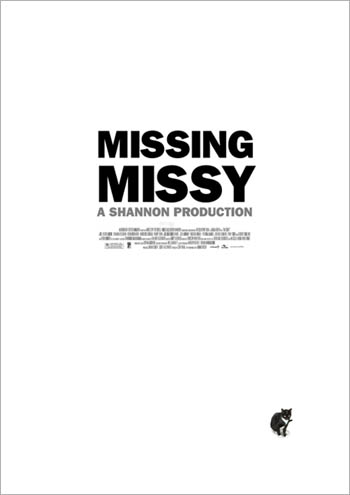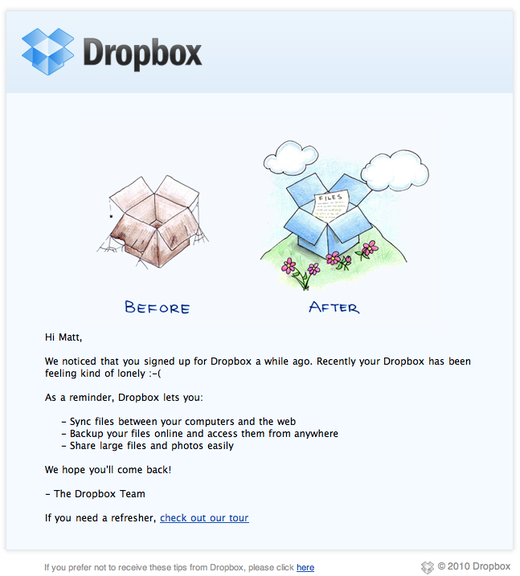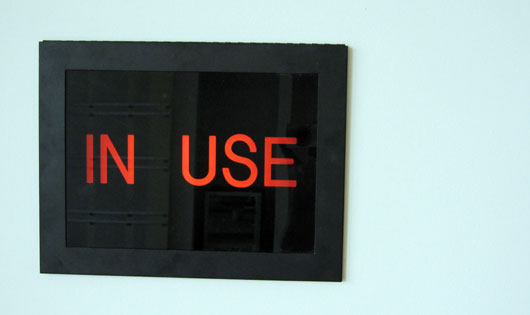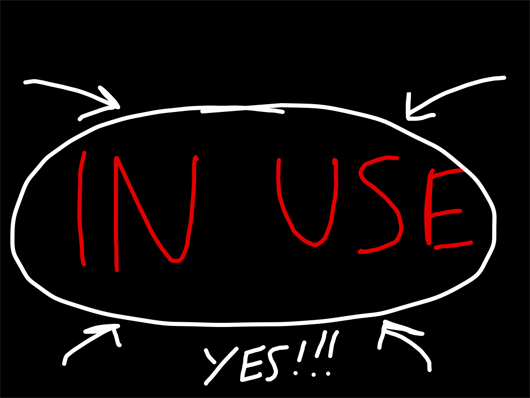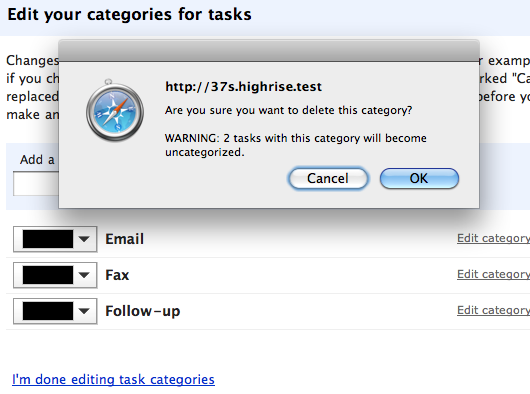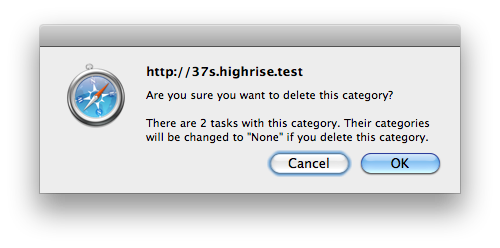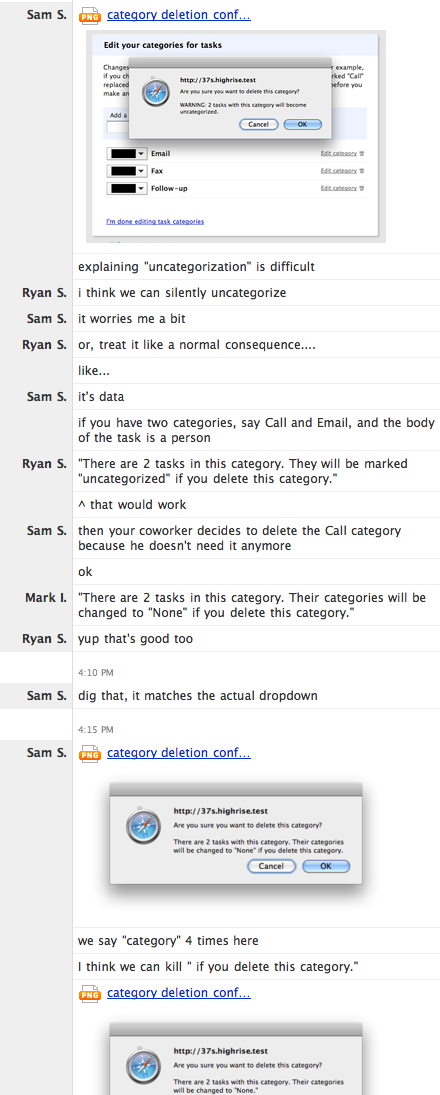Good news: REWORK is back on the NYT Hardcover Business Best Sellers list (#12 currently). Some of the reviews of the book from around the web offer up interesting tangents:
In “Books about very specific things that double as manuals for living a good life,” writer/filmmaker John Pavlus talks about REWORK and his other favorite “self-help book in disguise.”
True and False, by David Mamet: This is supposedly a book about how to become a good actor. Actual actors tend to think it’s full of shit, because Mamet doesn’t really care about process, or Method, or “acting” at all in the sense of “how to become better at pretending.” He cares about acting in the sense of “how to become better at doing.” Like, “man of action”-type acting – which, of course, translates just as well to real life as the stage. Putting up or shutting up. Taking action even when you’re scared or uncertain. Just doing it – not because of what “it symbolizes” or because you think you understand your “motivation” – because it needs doing. Like in an “or else I don’t eat today” kind of way. If you want straight talk on how to act – or, in other words, live – with purpose and integrity, Mamet’s your man.
(He also thinks grad school is for pussies, which is an entertaining point of view.)
Business law attorney Frederic R. Abramson discusses how the book applies to the practice of law for small firms.
If you think a competitor sucks, say so. If you are a solo, tell the world that you hate big law firms. It is a great way to differentiate yourself. Hell, I do. I especially hate them when I go to court. They have no clue how to draft a simple order. They love to make useless motions so that they can bill the fuck out of their clients. Sitting through a deposition with a newly minted big law associate is torture. “When you started your first company at the age of 12, was your mother working as a waitress or a podiatrist?”
Geoff Dutton wrote to tell us about a personal experience related to the essay in the book about apologizing.
I’m reading through REWORK right now and am really enjoying it. I especially loved the section on customer service, specifically addressing ‘apologizing’. I recently had an issue with DirecTV where I wasn’t notified that I still owed them money. The only reason I found out is because I checked my credit report and saw a collection item on it. After explaining the situation and how it is a hassle to have to deal with this six months after I cancelled my account (in the politest way possible mind you), I received multiple forms of this:
“I understand this has been a frustrating experience for you. We respect your time and I appreciate that you’ve given me the opportunity to personally address your concerns.”
Okay great, that doesn’t solve my problem though. Plus, the most ridiculous thing is they wanted me to write a letter and MAIL it to their collections department to find out more information. Just ridiculous.
Also, Unshelved offered up a comic strip look at the book — which is a good reminder that you can actually view all 88 illustrations from REWORK in a Flickr set.
Brett Miller’s review notes that the book gets right to the meat.
The design of the book is also a lesson in the unusual; about the only typical aspect are the inside flaps on the book jacket. For example, when I started reading the book, I immediately had a feeling that something wasn’t quite right. It was only when I finished the book and saw, on the last printed page, the copyright page that I realized the source of that feeling.
Fried and Hansson have pulled a George Lucas, dispensing with all the upfront crap that you usually have to get through to get to the good stuff. Two pages of praise, and then the Table of Contents. Not even a title page. Talk about getting right to the point!
This is something we actually pushed for with our publisher. We asked them why every book has to start with so much noise upfront. They weren’t sure. So we axed everything we could and got right to the good stuff.
Big thanks to everyone who’s taken the time to write about the book!

